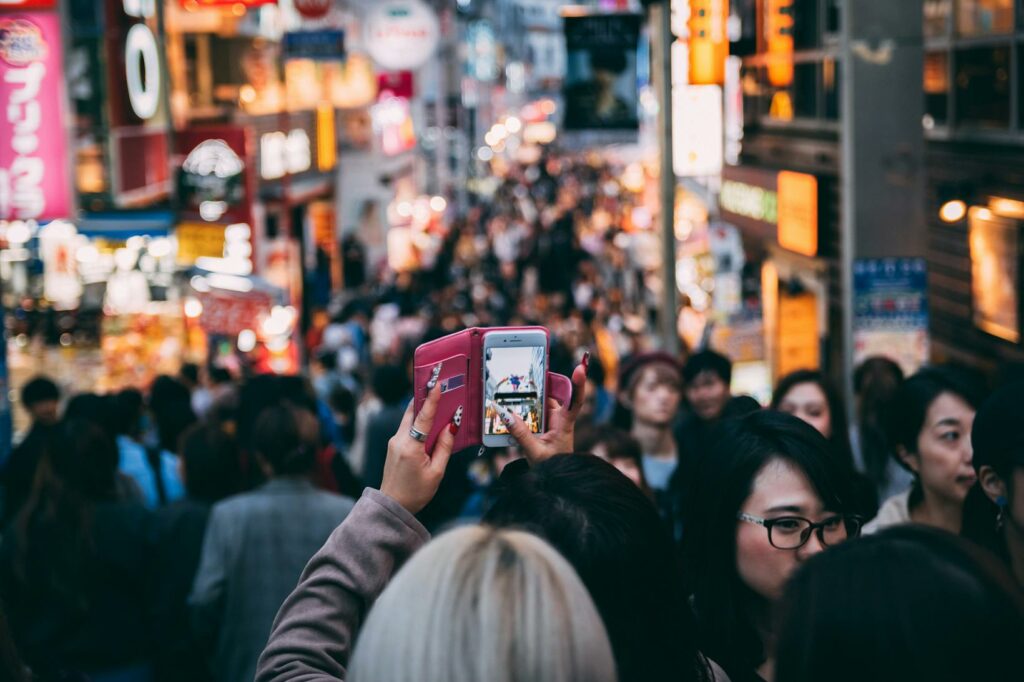In the ever-evolving tapestry of society, one constant remains: change. Among the most significant shifts we observe is demographic change, a phenomenon that shapes nations, economies, and cultures. But what exactly is demographic change, and why does it matter?
Demographic change is more than just numbers on a page; it’s a living, breathing transformation that impacts our world in profound ways. From population growth to shifts in age distribution, these changes affect everything from politics to consumer trends.
 Demographic Change Definition
Demographic Change Definition
Approaching demographic change involves a careful dissection of its encompassing implications. Factoring in numerous aspects beyond shifting numerical data, it impacts societies, economies, and cultures in a transformative manner.
Demographic Change: A Brief Overview
Demographic change refers to a shift in the defined characteristics of a population over time. Changes encompass parameters such as age, race, sex, and socio-economic status. Nations experience such changes over extended periods, manifest through a gradual evolution in the age structure, spatial distribution of population, or ethnic composition. It’s essential to take account of demographic change as it plays a vital role in forecasting societal, economic, and consumer trends.
Factors Influencing Demographic Change
Several elements dynamically influence demographic change. External factors come into play, such as migration, where individuals move from one geographical region or nation to another. Birth and death rates stand as internal influencer, determined by factors like healthcare, societal norms, and government policies. Environmental conditions, economic stability, and technological advancements also guide demographic modifications. For instance, countries with a stable economy and advanced technological environments typically attract more immigrants, impacting the demographic structure.
Demographic Change and its Types
Categorizing demographic change presents a clearer understanding of its types, namely Population Growth and Decline, Population Aging, Migration, and Urbanization. Explained with examples, these facets provide a comprehensive view of demographic dynamics persisting globally.
Population Growth and Decline 
Population growth illustrates an increase in the populace of a particular region, with China, having 1.4 billion residents, as a prime example. Population decline, on the other hand, denotes a reduction in numbers, observed in Japan where the population dwindled from 128 million in 2010 to approximately 126 million in 2020, according to World Bank data.
Population Aging
Population aging encompasses the rising median age in a society. An obvious instance remains the German population, where 21% were aged 65 or older in 2019, resonating with World Population Aging reports from the United Nations.
Migration and Urbanization
Migration pertains to the movement of people from one geographical location to another, often from regions of scarcity to abundance. Syria, for example, experienced mass emigration due to conflict, with its populace seeking refuge primarily in neighboring countries.
Parallelly, Urbanization refers to the population shift from rural to urban areas. The primacy city model, which cites Bangkok hosting 10% of the entire Thai population in 2020 as per World Bank data, embodies this trend succinctly.
The Role of Demographic Change in Society
Demographic changes significantly shape societies. They impact not just the economic development, but also influence numerous social issues.
 Demographic Change and Economic Development
Demographic Change and Economic Development
Economic development is intricately interlinked with demographic changes. Cases in point are the two most populated countries in the world: India and China. China, with its One-Child policy implemented in the late 20th century, curbed its population growth. This shift enabled substantial economic growth as it generated a significant labor force without a corresponding number of dependents. Conversely, India’s burgeoning youthful population, often termed as its ‘demographic dividend,’ paves the way for a dynamic and productive workforce, fostering economic development.
Demographic Change and Social Issues
On the flip side, demographic changes also underline a multitude of social issues. Case in point, Japan faces a shrinking workforce and increasing social security costs due to its rapidly aging population, raising concerns over economic stagnation and fiscal stability. In contrast, countries undergoing rapid urbanization like Bangladesh grapple with social issues such as overcrowding, inadequate housing, and resource shortages. Thus, demographic shifts pose both challenges and opportunities, influencing the shape and function of societies.
A Global Phenomenon
Demographic change isn’t just a concept. It’s an ongoing global phenomenon that’s shaping our societies and economies. From population growth and decline to aging, migration, and urbanization, it’s creating both challenges and opportunities. The future holds a shift towards older populations and increased urbanization, with regions like sub-Saharan Africa bucking the trend with a youthful surge. Policymakers can’t afford to be passive spectators. Proactive measures encompassing economic strategies, healthcare systems, urban planning, and migration policies are crucial. It’s not just about addressing the challenges. It’s about seizing the opportunities to build a sustainable future. The demographic change is here. It’s real. And it’s time to act.



